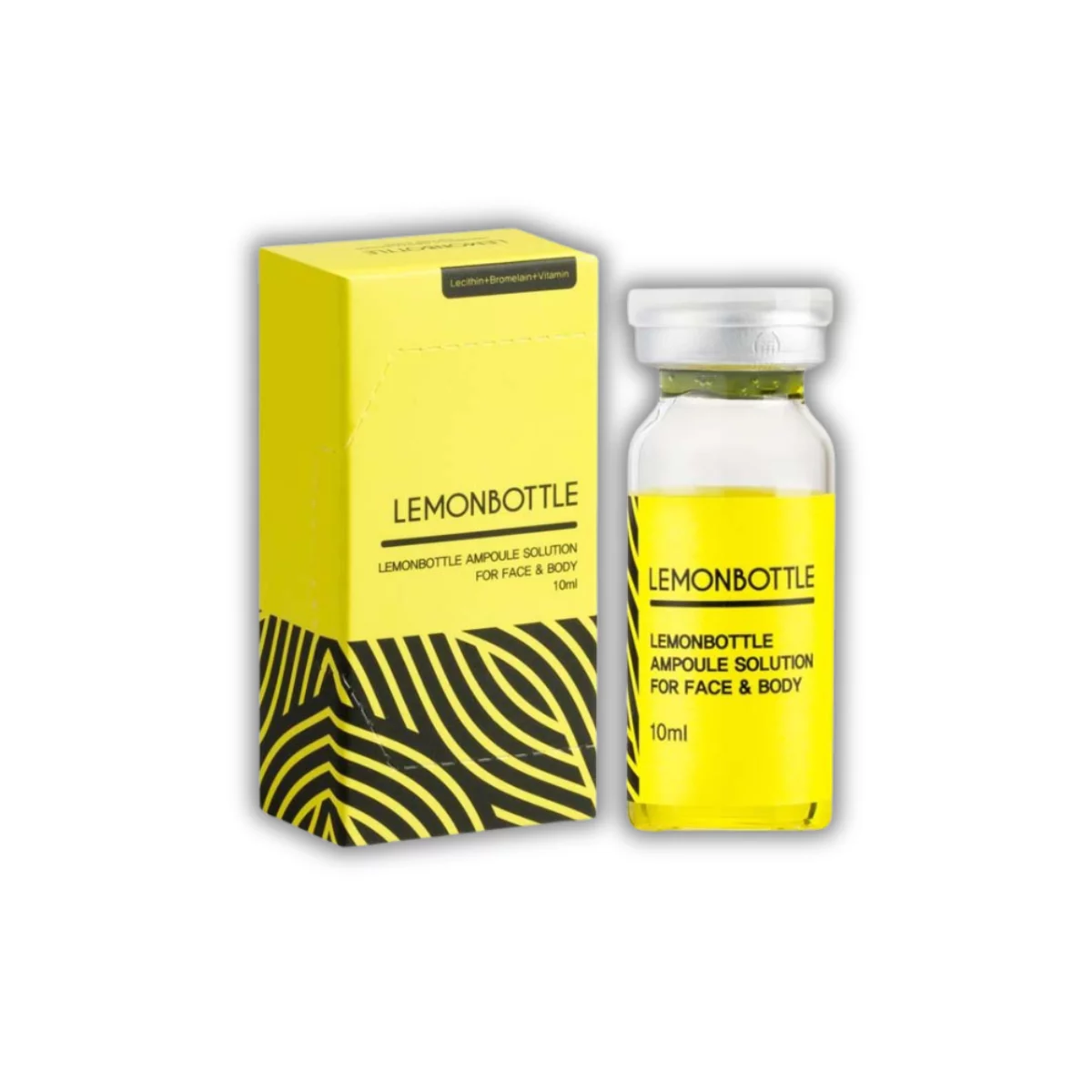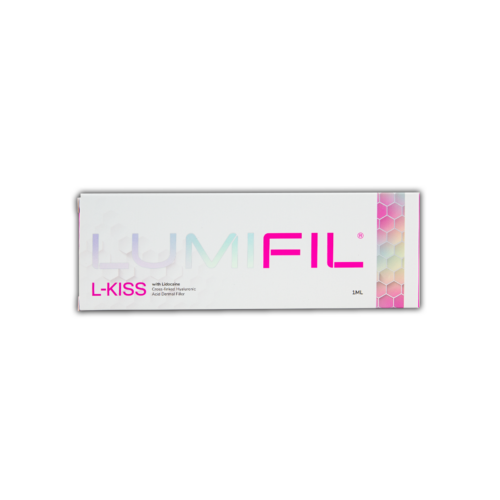Proper storage of injectable products is important for any aesthetic clinic. As more patients seek treatments like Botox and fillers, proper storage becomes even more important.
When injectables aren’t stored correctly, several problems can occur. The products might lose their effectiveness, become contaminated, or even cause harm to patients. This not only puts people at risk but can also damage your clinic’s reputation and lead to legal issues.
Let’s tell you exactly what you need to know to store your injectables safely in your clinic. You’ll learn the simple must-dos, the equipment you’ll need, and how to set up a storage system that keeps your products and patients protected.
Injectable Storage Requirements
Not all injectables need to be stored the same way. Each type has its own storage rules that you must follow carefully.
Neurotoxins (like Botox, Dysport, and Xeomin):
- Most need to be kept cold in a refrigerator, normally between 2°C and 8°C (36°F to 46°F).
- Once mixed for use, they have a short shelf life – usually just a few hours or days.
- It must never be frozen as this can damage the product.
Dermal Fillers (like Juvederm, Restylane, and Radiesse):
- Most need refrigeration at temperatures similar to those of neurotoxins.
- Some newer fillers can be stored at room temperature, but check the specific product.
- Direct sunlight and heat can damage fillers, which makes them less effective.
Make sure you always read the storage directions that come with each injectable. These aren’t just tips – they’re what the makers say you must do after testing them.
The packaging will tell you:
- The exact temperature range it needs
- If it needs to be protected from light
- How long is it usable after opening
- Any special ways to handle it.
What Do You Need to Store Injectables Safely?
For safe storage of your beauty injections, your clinic needs specific equipment. These tools help keep everything at the right temperature and protect your valuable products. Here’s what you’ll need:
- A Proper Medical Fridge: A regular kitchen fridge isn’t good enough. Medical fridges keep the temperature the same throughout and are better for this. They also often have glass doors to see inside without opening and locks to keep things secure.
- Ways to Watch the Temperature: You’ll need digital thermometers that constantly check the temperature. Many of the newer ones can even send alerts to your cell phone if it gets too hot or cold, so you can fix it before the products are damaged.
- Backup Power: Sometimes the electricity goes out, and that can spoil a lot of expensive products really fast. Having a UPS (like a battery backup) or a generator hooked up to your fridges will protect your investment if the power fails.
- Safe Storage: Many of these injections are controlled by law and need to be kept securely. Fridges or cabinets that lock will stop anyone who shouldn’t from getting to them and help you keep track of what you have.
Setting Up a Proper Storage Protocol
Having clear storage rules helps everyone in your clinic handle injectables correctly. Follow these steps to make a system that works and keeps your products safe. Here’s how to set it up:
- Keep Good Records: Set up an easy way to write down temperatures, how many of each product you have, and when they expire. This could be a notebook or a computer, but it needs to be checked and updated every day.
- Check Daily: Make it someone’s job to check the fridge temperatures and the products every morning. A quick check each day can catch problems early before they ruin expensive stuff.
- Have a Plan for New Deliveries: Create a standard way to handle new injectables when they arrive at your clinic. This should include putting them in the fridge right away, updating your records, and putting the newer products behind the older ones so you use the older ones first.
- Create clear labelling guidelines: Once products are opened or reconstituted, they need proper labelling with the date, time, and preparer’s initials. Clear labels prevent the use of expired products and help track how long items have been in use.
Staff Training on Injectable Storage
Training everyone who handles injectables on how to store them correctly is a must. Even one mistake can lead to wasted products or safety issues for patients. Here’s how to get your team up to speed.
- Cover the basics with all staff: Make sure everyone, including the front desk and support staff, understands the importance of proper storage. They should never unplug refrigeration units and should report any issues like alarms or unusual sounds immediately.
- Show Them How: Don’t just tell your staff what to do – actually show them. When they start, walk them through how to check the temperatures, write things down, and store each different type of injection the right way.
- Easy Guides: Create simple one-page guides that list how to store each product you use. Post these near where you store things so staff can quickly refer to them if they need clarification.
- Practice Emergencies: Pretend there’s a power cut or if a fridge breaks down. Make sure staff know exactly where the backup coolers are and how to move the products safely if the main system stops working.
- Regular Reminders: People can forget things over time. Have short update meetings every few months to review the rules and discuss any questions or problems that have arisen.
You may also like to read: How to build client trust in aesthetic treatments
Final Thoughts
You need to store your aesthetic injections properly if you want a safe and successful clinic. The right tools, clear steps, and trained staff all work together to protect these valuable products. When you store them right, they stay effective, your patients are safe, and you’re obeying the law. Proper storage isn’t just about rules – it’s about giving your patients the best care and protecting your clinic’s investment in these top-quality products.
FAQs
How long can neurotoxins like Botox be stored after reconstitution?
Most reconstituted neurotoxins should be used within 24 hours, though some manufacturers state they can be stored refrigerated for up to 2 weeks.
What’s the ideal temperature range for storing most dermal fillers?
Most dermal fillers should be stored between 2°C and 8°C (36°F to 46°F) in a medical-grade refrigerator unless the manufacturer specifically states otherwise.
Can I store unopened injectables in a regular office refrigerator?
No, a standard refrigerator isn’t recommended as it doesn’t maintain consistent temperatures and is frequently opened. Medical-grade refrigeration is essential for proper storage.
How often should temperature logs be checked and recorded?
Temperature must be checked and recorded at least twice daily—ideally at the beginning and end of each clinic day.
Can I store different brands of injectables together?
Yes, different brands can be stored in the same refrigerator, but keep them clearly organized and separated to prevent mix-ups and ensure proper stock rotation.




